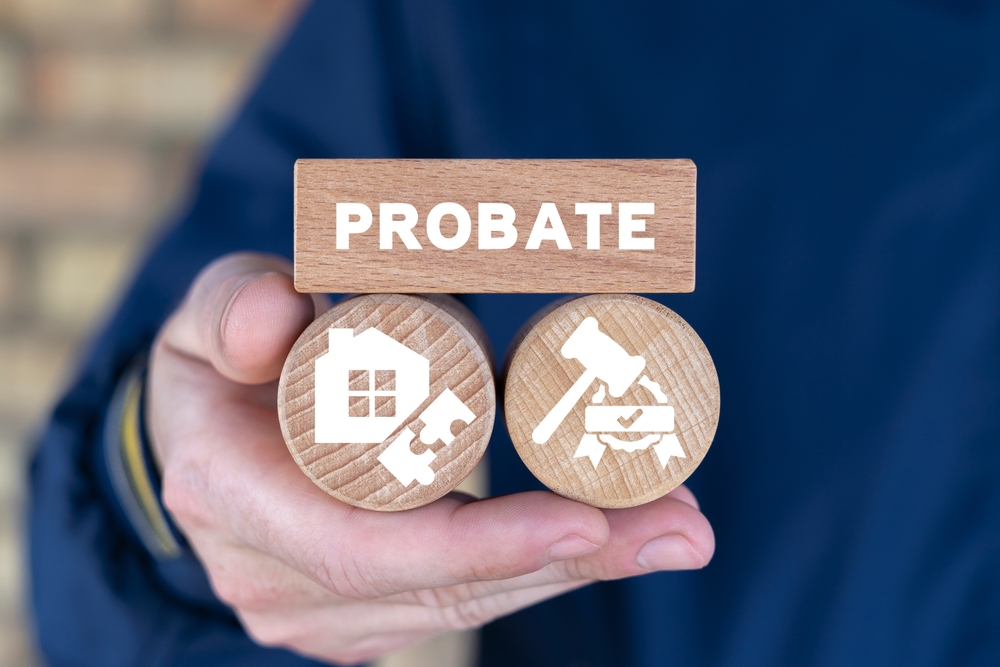Distributing assets after probate involves several steps to ensure that the deceased’s estate is settled according to their will or, if there is no will, according to the laws of intestacy. Here’s a general guide on how to distribute assets after probate:
1. Obtain the Grant of Probate or Letters of Administration
- Grant of Probate: If there is a valid will, the executor named in the will must apply for a Grant of Probate from the court. This legal document authorizes the executor to manage and distribute the estate.
- Letters of Administration: If there is no will, an administrator (usually the next of kin) must apply for Letters of Administration, which serve a similar purpose.
2. Identify and Value the Assets
- Compile a comprehensive list of the deceased’s assets, including bank accounts, real estate, investments, personal belongings, and any other property.
- Obtain professional valuations for certain assets, such as real estate or valuable personal items, if necessary.
3. Pay Debts, Taxes, and Expenses
- Before distributing assets to beneficiaries, the executor or administrator must settle any outstanding debts, taxes, and expenses related to the estate. This may include:
- Funeral expenses
- Outstanding loans or credit card debts
- Income tax or inheritance tax (if applicable)
- Probate fees and legal costs
4. Prepare a Final Estate Account
- Create a detailed account of all assets, liabilities, and distributions. This document should show:
- The total value of the estate
- All debts and expenses paid
- The remaining assets available for distribution
5. Distribute Assets According to the Will or Intestacy Laws
- If there is a will: Distribute the assets as specified in the will. Be sure to follow the instructions precisely, including any specific bequests (e.g., “my car to my son”) and the distribution of the residual estate (what’s left after specific bequests).
- If there is no will: Distribute the assets according to the intestacy laws of the jurisdiction. These laws typically prioritize spouses, children, and other close relatives.
6. Transfer Ownership of Assets
- For real estate: Transfer the property title to the beneficiaries through a deed of transfer.
- For bank accounts and investments: Contact the relevant financial institutions to transfer ownership or close accounts and distribute funds.
- For personal belongings: Physically transfer items to the beneficiaries or arrange for their collection.
7. Obtain Receipts and Releases
- Ask beneficiaries to sign receipts or release forms acknowledging that they have received their share of the estate. This helps protect the executor or administrator from future claims.
8. File Final Tax Returns
- Ensure that any final income tax returns for the deceased are filed, and any taxes owed are paid from the estate.
9. Close the Estate
- Once all assets have been distributed, debts paid, and taxes settled, the estate can be formally closed. The executor or administrator should file a final account with the probate court if required.
10. Communicate with Beneficiaries
- Keep beneficiaries informed throughout the process, providing updates on the progress of the estate administration and any delays that may arise.
Important Considerations:
- Legal Advice: Probate and estate distribution can be complex, especially for large or contested estates. It’s often advisable to seek legal advice to ensure compliance with all legal requirements.
- Executor/Administrator Responsibilities: Executors and administrators have a fiduciary duty to act in the best interests of the estate and its beneficiaries. They must avoid conflicts of interest and handle the estate with care and diligence.
By following these steps, you can ensure that the assets are distributed fairly and in accordance with the law, minimizing the risk of disputes or legal challenges.


